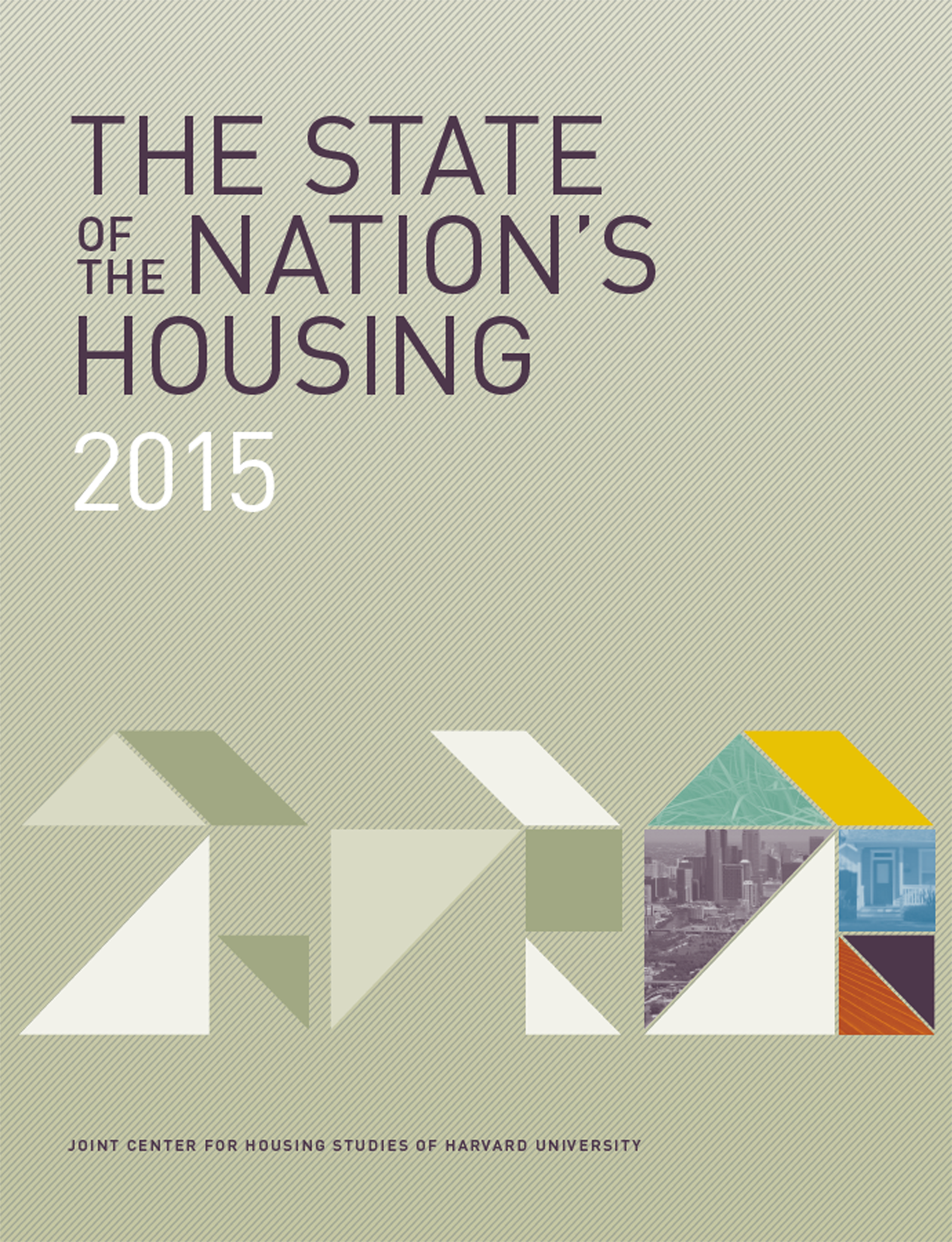Topic(s): General Announcements, Projects and Events
Inequality in America’s housing: 5 findings from the State of the Nation’s Housing Report
July 27, 2015

 The Joint Center for Housing Studies of Harvard University recently released its annual State of the Nation’s Housing report. The report takes a sweeping look at housing trends in America, finding an increasingly competitive rental market and falling homeownership numbers.
The Joint Center for Housing Studies of Harvard University recently released its annual State of the Nation’s Housing report. The report takes a sweeping look at housing trends in America, finding an increasingly competitive rental market and falling homeownership numbers.
The report also provides compelling data depicting the sober reality of social and racial inequality in our nation’s housing. If we are to achieve true revitalization in our communities, we must overcome this unequal status quo.
Here are some of the report’s findings:
1) The national homeownership rate slid for the 10th consecutive year in 2014 to 64.5 percent, and continued to fall in early 2015 with a first-quarter reading of just 63.7 percent—the lowest quarterly rate since early 1993.
2) As of 2014, the homeownership rate for minorities remains 25.5 percentage points lower than that of whites.
3) Within metro areas, negative equity problems are highly concentrated in minority and low-income neighborhoods. In the 10 percent of zip codes with the highest rates of negative equity, the average minority share of the population is 51 percent and the typical household income averages just 83 percent of the state median.
4) 16 percent of homeowners with mortgaged units valued at less than $200,000 were underwater on their loans at the end of 2014, compared with just 6 percent of owners of higher-valued homes.
5) According to 2013 HMDA data, 12 percent of applicants for home purchase loans were denied financing. The rate was especially high (20 percent) for African-American applicants—nearly twice that for white borrowers. Hispanics fared slightly better, with a 17 percent denial rate.
To read more about these and other findings, download the full 2015 State of the Nation’s Housing report. Or download the key facts document.
Subscribe to join 14,000 community development leaders getting the latest resources from top experts on vacant property revitalization.
